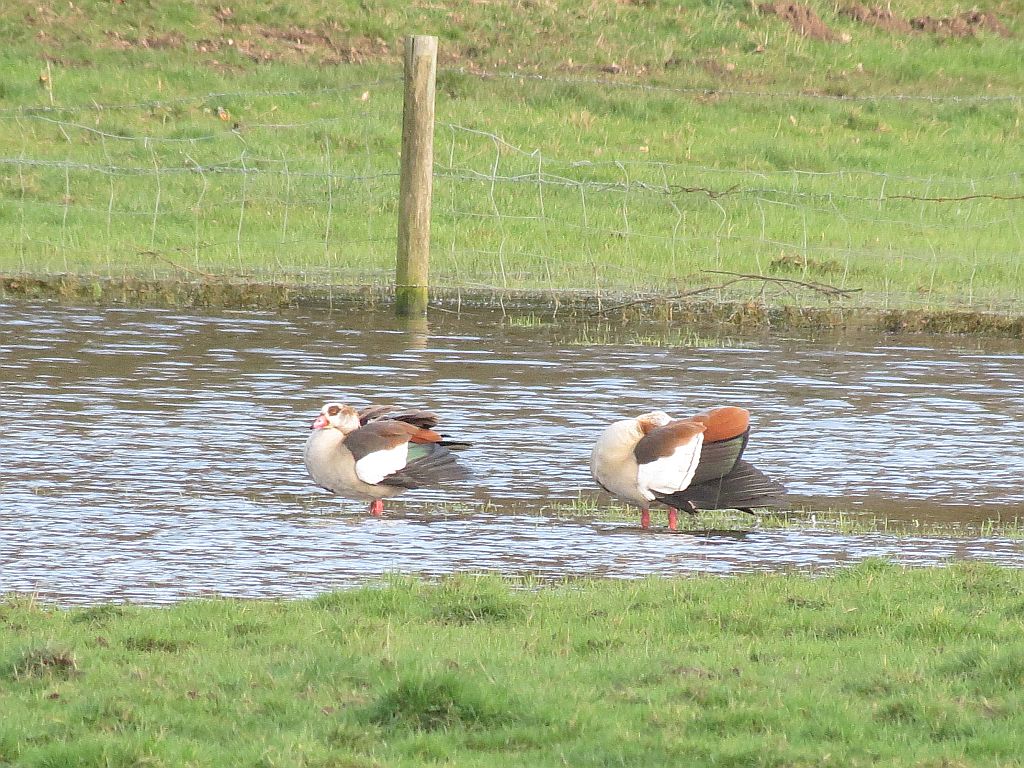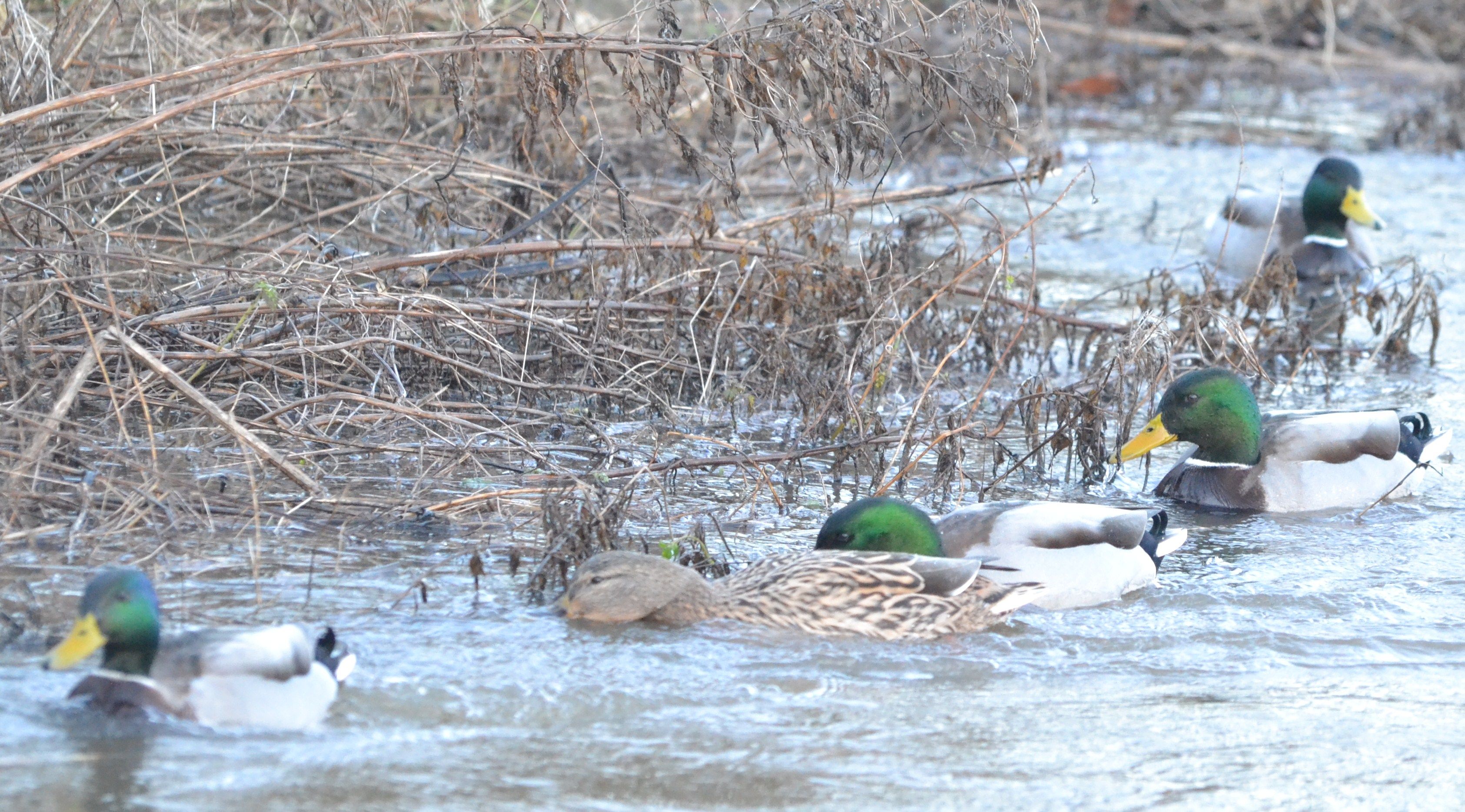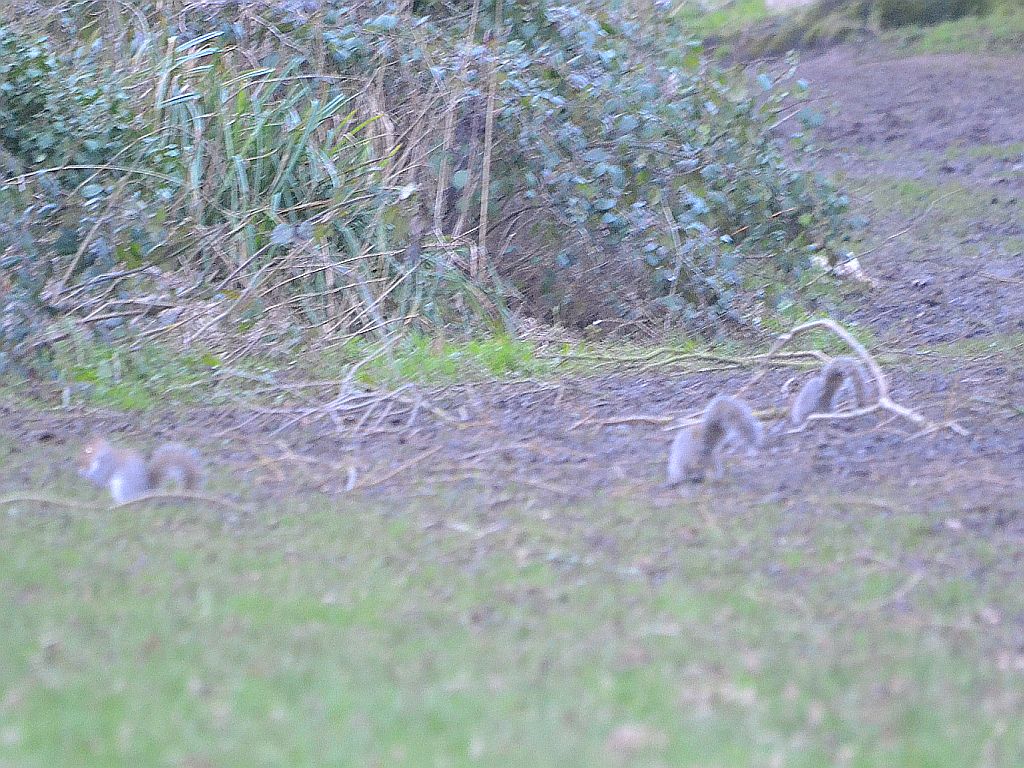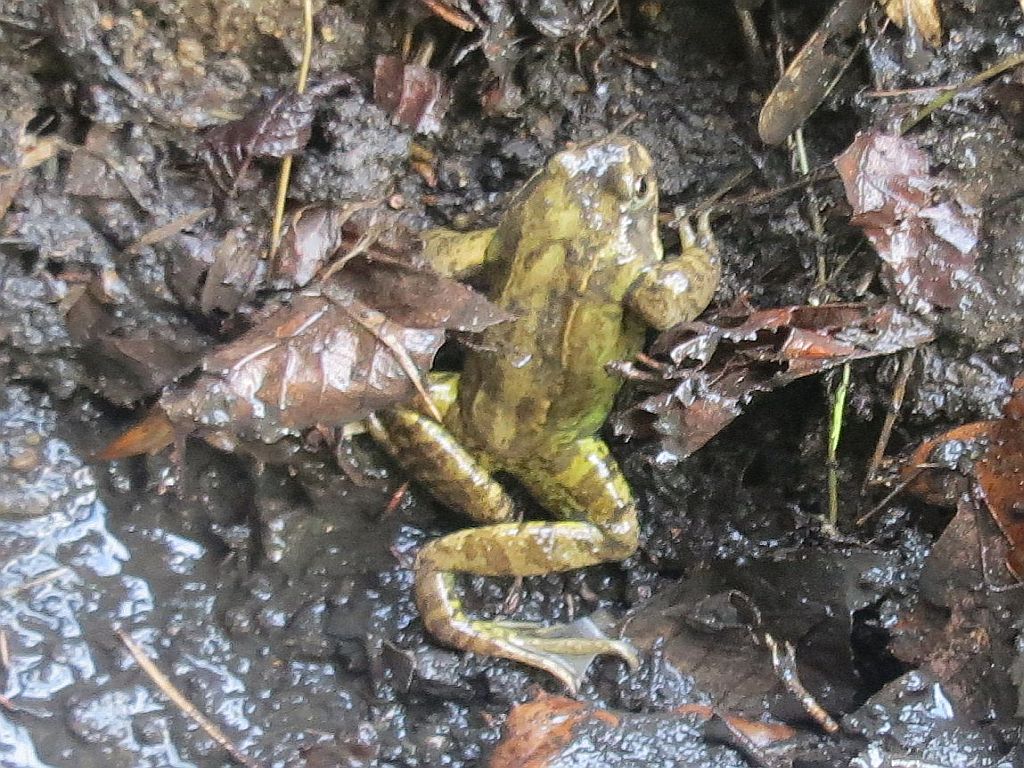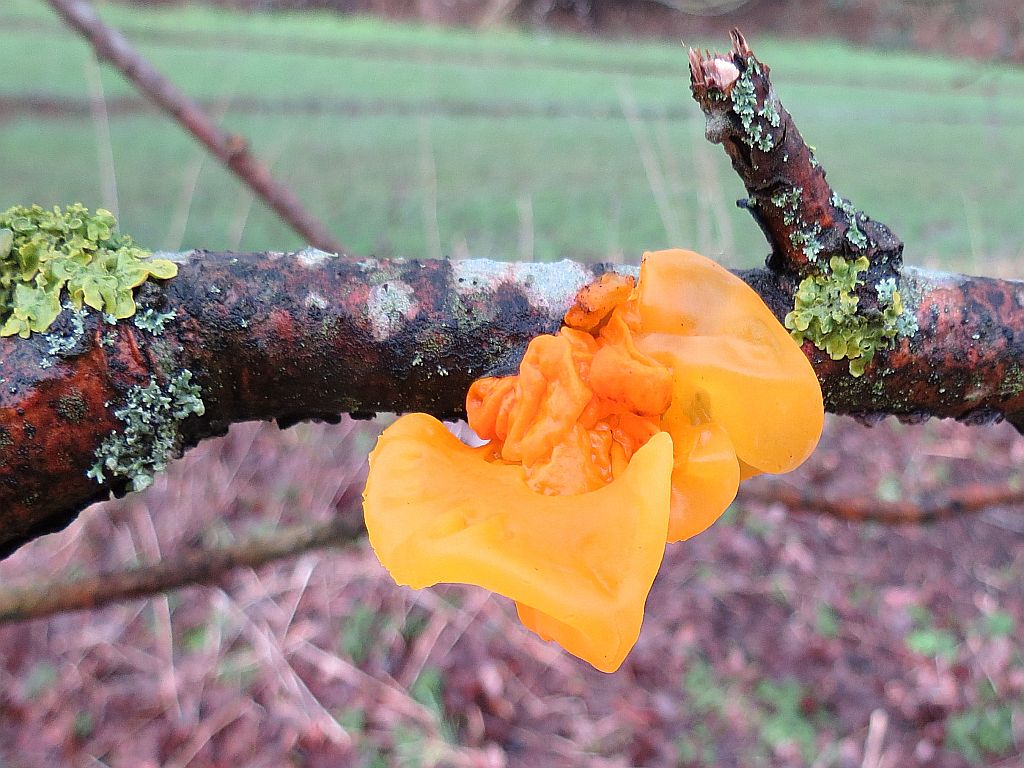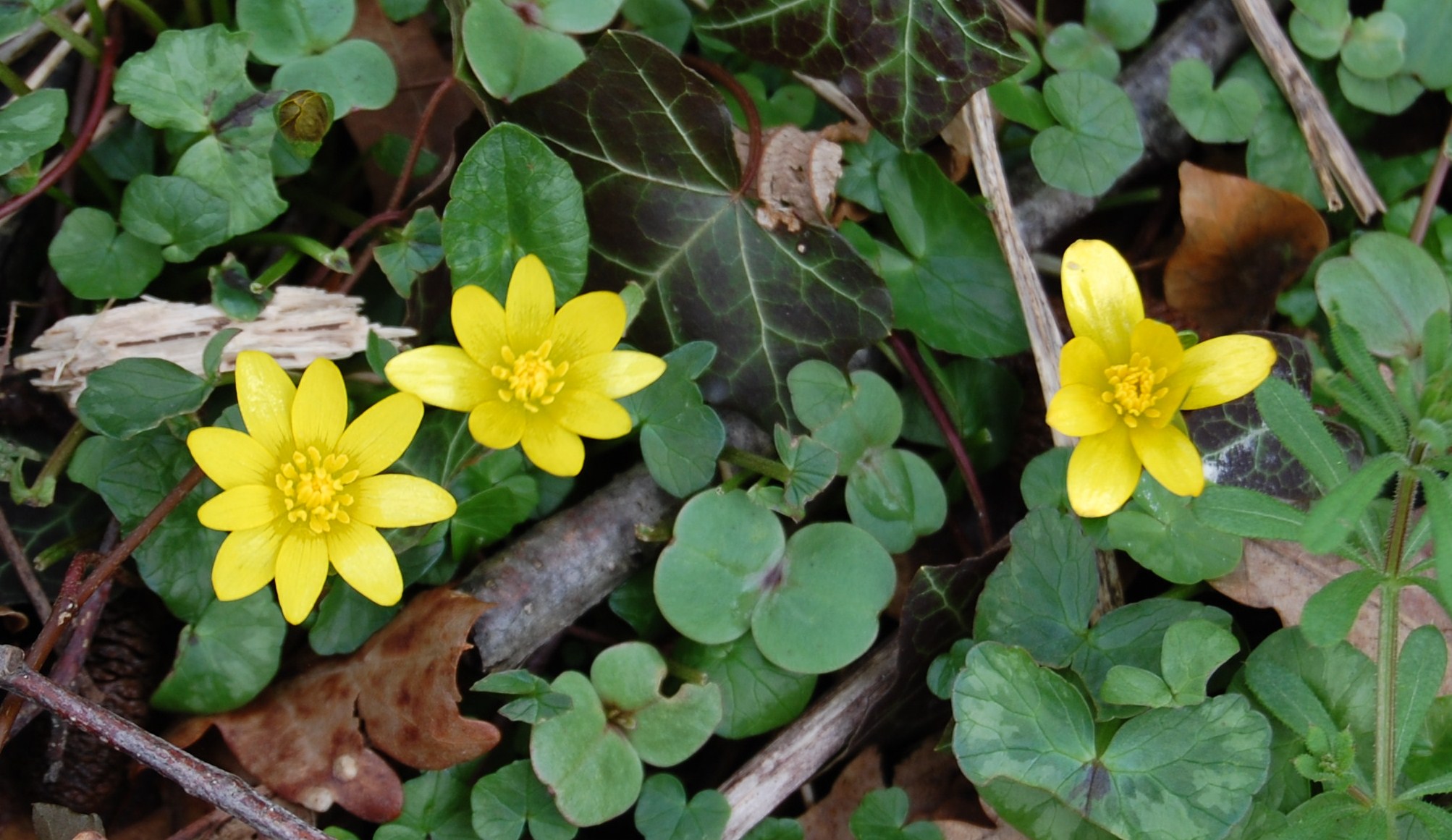
Latest Sightings February 2014
Click on the link to send in your sightings info@foteb.org.uk
For previous months sightings see Archive
The "Area Seen" refers to the 10 sections that the Brook has been split into for monitoring purposes (see Wildlife page under Monitoring ). .
All sightings unless stated are from personal observations by Eddie Napper
Click on any picture to see a larger image
| Redwing
Birds 23/02/14 In Area 5 the Kingfisher was seen flying upstream towards the aptly named Kingfisher Bridge. In Area 10, 5 Redwingwere seen in the Lavells Lake car park field by Richard Price. 22/02/14 In Area 10, Fraser Cottington did an hour,sky watching in the Lavells Lake car park late lunchtime, and saw 6 + Red Kite , 2 Buzzard, a solitary Sparrowhawk a few Fieldfare and half a dozen Redwing . 21/02/14 In Area 4 Paul Bright-Thomas was out and about and saw 2 Long-tailed Tit 2, Skylark flying low S, A Kingfisher stopped on a fallen tree over the Emm Brook. 2 ,singing male Nuthatch and a solitary, singing Lesser Redpoll. 13/02/14 In Area 10 a Ring necked Parakeet was heard calling at the bottom of the car park field by Fraser Cottington. Calling Canada Goose were heard heading S over my Area 5 house first thing this morning.. 08/02/14
08/02/14 At approx 15:30 today a Kingfisher was seen in Area 4 fying along the Emm from Barkham Rd towards the Meadow Road bridge from Barkham Road by Wendy Hayward. It saw her and did a quick about turn to fly back towards Barkham Road. 03/02/14 In Area 9 this morning at the end of Robinhood Way in Winnersh, a Kingfisher flew dowstream along the Emm. A first for the year. Meanwhile in Area 4, Paul Bright-Thomas saw 7 Black-headed Gull heading very high N, 3 Lesser Redpoll low over his garden (in song)and 2 Canada Goose heading SW. 02/02/14
01/02/14
|
Insects & Spiders 22/02/14 Another sunny afternoon and another Bumblebee in Area 5. A Bombus terrestris was moving around some Cyclamen in my garden. 07/02/14 A sunny afternoon lured the first Bumblebee that I have seen this year a Bombus terrestris out and about. Other Wildlife Mammals
15/02/14
Amphibians
06/02/14
Fish |
Fungi
08/02/14
Plants/Trees 22/02/14
Why do leaves change colour in the Autumn? Find out here Autumn Leaves Molluscs
For a review of 2012 sightings click here 2012 Sightings For a review of 2013 sightings click here 2013 Sightings |


